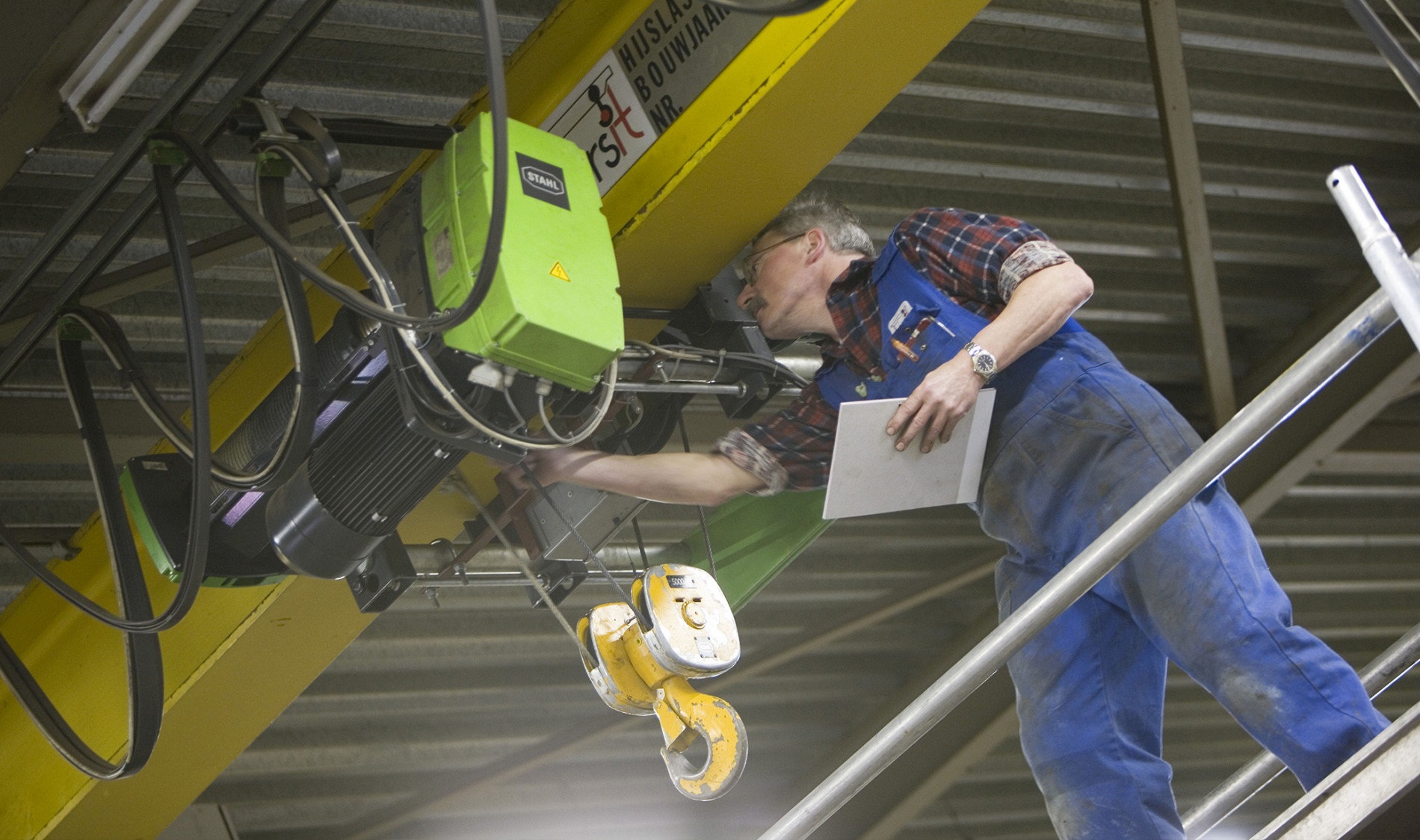Annual testing of cranes

Why are cranes specified in the Dutch Commodities Act?
There is still a lot of confusion about the reasons why the inspection clause for cranes has been removed from the Working Conditions Act (Arbowet) and included in the Commodities Act (Warenwet). The chief reason was the government’s decision to repeal the Dangerous Machines Act (Wet Gevaarlijke Werktuigen) and incorporate all product safety regulations in the Commodities Act. This decision led to a change in the Working Conditions Act in early 2003 and changes/additions to the Commodities Act, with a clause about the inspection and testing regime for cranes.
The inclusion of testing for cranes in the Commodities Act (in contrast to many other machines) has to do with the fact that mobile cranes and tower cranes are primarily looked upon as “dangerous machines”. These cranes fall into a category designated for this by the Dutch ministry responsible and their inspection and testing is restricted to “designated accredited institutions”. The designation of these inspection institutions is set down in the Commodities Act.
Annual testing of crane systems
In the new clause – article 6d – of the Commodities Act Decree for Machines, there is no longer any mention of the testing of cranes. This has a number of causes, in particular:
- The testing of new cranes is set down in article 5 of the Commodities Act Decree for Machines, because cranes are deemed to be machines. Needless to say, the provisions in this decree correspond to the requirements in the Machinery Directive article 4.1.2.3, which means that the manufacturer must test its product in its entirety after manufacture.
- Testing after major repair work or alterations is set down in the provisions of article 7.4a /2 of the Working Conditions Decree which applies to all work equipment (and therefore to cranes) which must be tested following every assembly at a new location or workplace.
- The systematic testing during the annual inspection is likewise set down in article 7.4a/3 of the Working Conditions Decree, which talks about “testing if necessary *)” .
The lawmakers felt it was sufficient therefore for the obligation to test cranes to be specified in just one piece of legislation.
*) Comment:
The term “if necessary” can be a cause for confusion. A lifting sling cannot be tested (so is NOT necessary), but in order to determine whether a lifting brake or an overload safety device is operating properly, this can only be done through testing (is therefore DEFINTELY necessary).
This has been worked out in more detail by EKH, for example, in section 0304 of the Work Instructions, which states that an overload safety device needs to be tested annually for its functioning and in the correct configuration.
Since 1 January 2006, a crane is no longer approved if the annual testing of the overload safety device cannot be performed!
As part of the annual testing procedure, the proper functioning of other components, such as brakes, are also assessed.